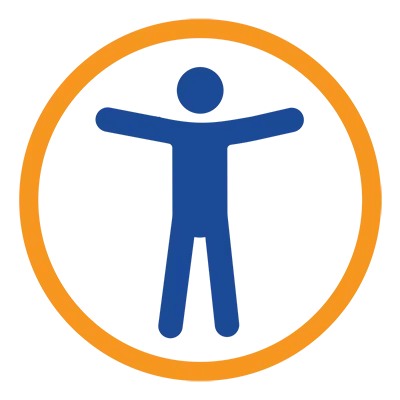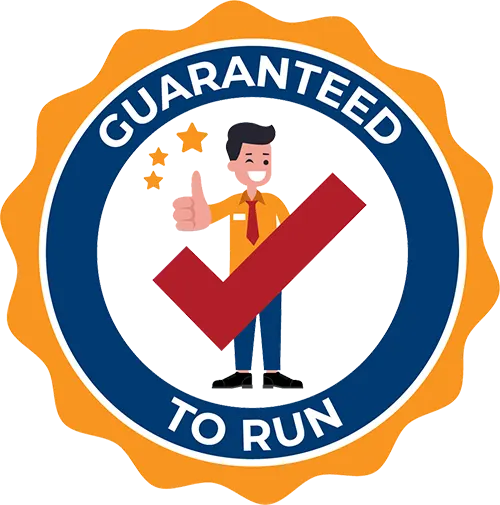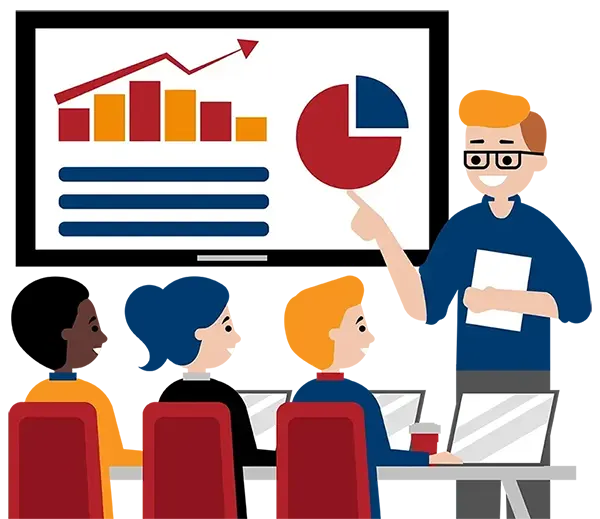
Creating Accessible Websites for Developers and Designers
What You'll Learn in Creating Accessible Websites for Developers and Designers
Course Length
Learning Objectives
By the end of this training, you’ll be able to:
- Understand the principles of Web Accessibility
- Create content that can be presented in different ways (for example simpler layout) without losing information or structure
- Understand more about assistive technology: screen readers, alternative keyboards, switches, scanning software, etc.
- Learn more about WCAG 2.1 Level A & AA Guidelines
- Use Evaluation tools - Accessibility evaluation tools, HTML validators, and CSS validators
Target Student
This course has been designed for Web Developers and Designers.
Course Outline
Section 1: Introduction
What is Web Accessibility?
The Four Principles - POUR
Text Alternatives: Provide text alternatives for any non-text content so that it can be changed into other forms people need, such as large print, braille, speech, symbols or simpler language
Time-based Media: Provide alternatives for time-based media
Adaptable: Create content that can be presented in different ways (for example simpler layout) without losing information or structure
Distinguishable: Make it easier for users to see and hear content including separating foreground from background
Operable
Keyboard Accessible: Make all functionality available from a keyboard
Enough Time: Provide users enough time to read and use content
Seizures and Physical Reactions: Do not design content in a way that is known to cause seizures or physical reactions
Navigable: Provide ways to help users navigate, find content, and determine where they are
Input Modalities: Make it easier for users to operate functionality through various inputs beyond keyboard
Readable: Make text content readable and understandable
Predictable: Make Web pages appear and operate in predictable ways
Input Assistance: Help users avoid and correct mistakes
Maximize compatibility with current and future user agents, including assistive technologies
Section 2: Components of Web Accessibility
Content - the information in a web page or web application, including:
- Natural information such as text, images, and sounds
- Code or markup that defines structure, presentation, etc.
Web browsers, media players, and other “user agents”
Assistive technology: screen readers, alternative keyboards, switches, scanning software, etc.
Users’ knowledge, experiences, and, in some cases, adaptive strategies using the web
Developers - designers, coders, authors, etc., including developers with disabilities and users who contribute content
Authoring tools - software that creates websites
Evaluation tools – Web Accessibility evaluation tools, HTML validators, CSS validators, etc.
Section 3: Working with WCAG 2.1
Brief history of WCAG Guidelines
Levels A, AA & AAA – What is required for compliance
Section 4: WCAG 2.1 Level A & AA Guidelines
Can people read, use and understand the content?
Time-Based Media
Seizures and Physical Reactions
Input Modalities
Can machines (browsers, screen readers, etc.) read the code?
Section 5: Resources
Assistive Technologies
Remediation Resources on the Web

Delivered by Great Canadian Training

Creating Accessible Websites for Developers and Designers
Upcoming Classes
All Public classes are held onlinewith a live instructor
Have a Group?
Complete the form to receive a quote for private or customized training.
More people = GREATER savings
PDF Reference Guide
Take your learning further with a digital Reference Guide you can access anytime. It’s practical, paper-free, and accessible on any device.
After-Training Support
Get 30 days of live 24/7 after-training support via phone, email and online chat to help apply what you've learned
Certificate of Completion
Boost your credentials with a Certificate of Completion, confirming the skills you’ve acquired with us.

